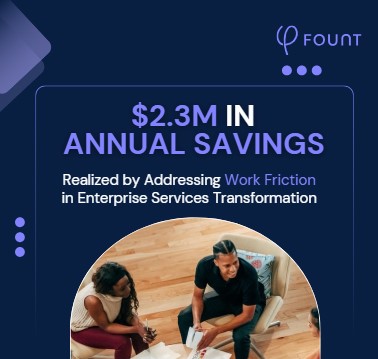Trying to Embrace AI Tools? Don’t Forget to Listen to the Voice of the Worker
A summary of the details of the article will go here.
Amid much industry excitement and great enthusiasm from your board of directors, you unveil a promising new AI solution for your software development team that’s primed to jump-start productivity and boost revenue. But the rollout turns out to be a bit of a dud. It turns out your development team doesn’t like the tool, so they don’t really use it – and just like that, the project loses steam, ROI looks like a lost cause, and you’re back to square one.
Sound familiar? Some version of this scenario has been a reality for many organizations that have come up short in attempting to introduce new AI solutions to streamline processes or improve productivity. But how did it all go wrong? Why didn’t AI live up to its lofty billing? The answer might have been right in front of them all along.
Even as most AI projects aim to have a direct (and sometimes dramatic) impact on employees, those very employees are generally not consulted before AI tools and solutions are rolled out. But seeking out and incorporating feedback directly from the employees impacted by generative AI tools – that is, listening to the “worker’s voice” – can greatly improve the outcomes and ROI of AI transformations.
Focus on People, Not Technology
In many organizations, the pressure to implement AI solutions can lead to rushing into technology without considering the impact on people and processes. While scrutinizing a generative AI tool on a technical level should unquestionably be a key part of a company’s due diligence, failure to do likewise on a human level can be a project’s undoing.
AI solutions tend to unfold as bottom-up implementations, which means it will be nearly impossible to judge the relative success or failure of a particular tool if employees don’t use it. And employees won’t use a tool that doesn’t make their lives easier.
In other words, an AI project can fail without ever getting a real chance to demonstrate its merits. Maybe the tool you’ve chosen can improve productivity and drive remarkable ROI in your organization. But if your employees don’t see its value and therefore never really adopt it into their day-to-day routines, that potential becomes something of a moot point.
The Employee Voice Is an Essential Input
The good news in all of this is that AI projects are well-suited to experimentation, which means you don’t just have to roll out a tool once and hope for the best. Instead, you will likely have to try different approaches or variations on a solution to see what works. And as you cycle through these experiments, one of your key inputs should be employee feedback, which can help guide you through the modifications needed to get to a solution that works.
And make no mistake about it – employees will let you know their pain points if you listen to them. But to get them more solidly on board with your AI plans, it’s important to include them as an integral part of the process from the very start.
The goal is to get a better understanding of the areas where employees are experiencing work friction, which is the energy it takes for them to overcome any obstacle that gets in the way of doing their job, accomplishing a goal, or having their needs met. Once you know the sources of employees’ work friction, you can fashion your AI plans to address those specific pain points and then observe how your experiments ease (or fail to ease) those burdens.
Discerning the Employee Voice
Let’s say you’re looking to streamline the workflow of your software development team with an AI solution that helps them write technical documentation. On the surface, this looks like a great way to increase the team’s productivity. But how much do you actually know about what this specific task involves or whether the tool you’re considering will actually address the issues that bog them down?
Just as you wouldn’t approach any other aspect of a major project without solid numbers, incorporating employee voice into your AI implementation should likewise be based on meaningful data. The technical aspects of the project, for example, are too important to leave to guesswork. Likewise, the voice of the employee needs to be based on something more than simple assumptions about what they might be thinking or experiencing.
Finding areas of work friction is the most effective way to determine which AI solutions to try. By tailoring your AI experiments to target specific pain points, you’ll exponentially increase the likelihood that employees will give your proposed AI solution a try – and provide usable feedback on whether it helps to make their lives easier. From there, you’ll be able to get a much better handle on other productivity metrics, as well as ROI.
Make the Worker Voice a Key Component of Your AI Strategy
How many AI projects have failed because organizations went in with an ill-defined sense of the problem to be solved? How many stalled out because the technology was implemented without any clear connection to the issues that were actually causing employees problems or slowing down their work? How many were abandoned because low adoption made it impossible to accurately measure results? The common denominator in all of these negative outcomes is a lack of employee participation.
After-the-fact employee feedback is an important piece of any AI project implementation. But you shouldn’t wait until your project is that far down the road to bring employees into the process. By measuring work friction and incorporating the voice of the employee from the very outset, you’ll find it easier to both define the problem you’re trying to solve and experiment with AI solutions that directly address employee needs. And in the end, you’ll greatly increase your chances of employee uptake and, therefore, project success.
Ready to get a better sense of the voice of your employees? We can help!
Related Resources
See all News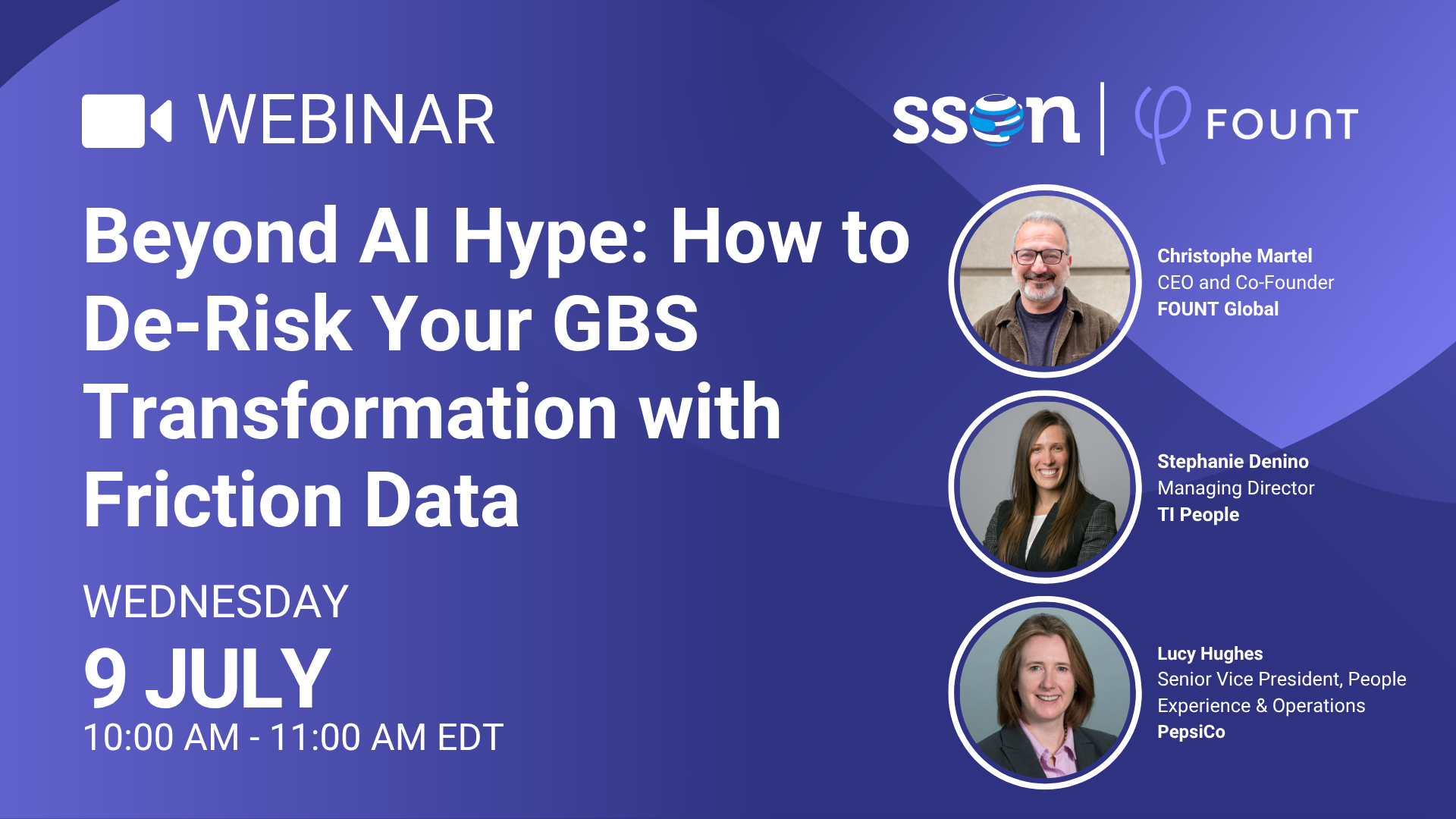
FOUNT News
LIVE Webinar. Beyond AI Hype: How to De-Risk Your GBS Transformation with Friction Data
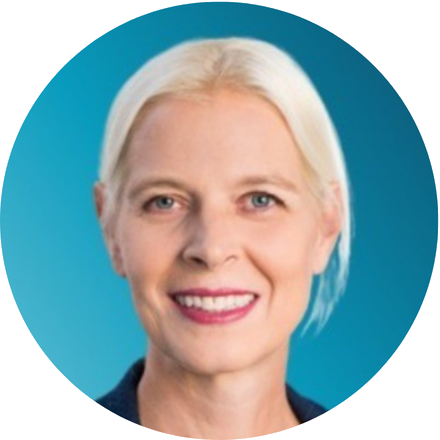
Guest Post
3 Signs Your GBS Is Creating Friction Instead of Flow (And How to Fix It)
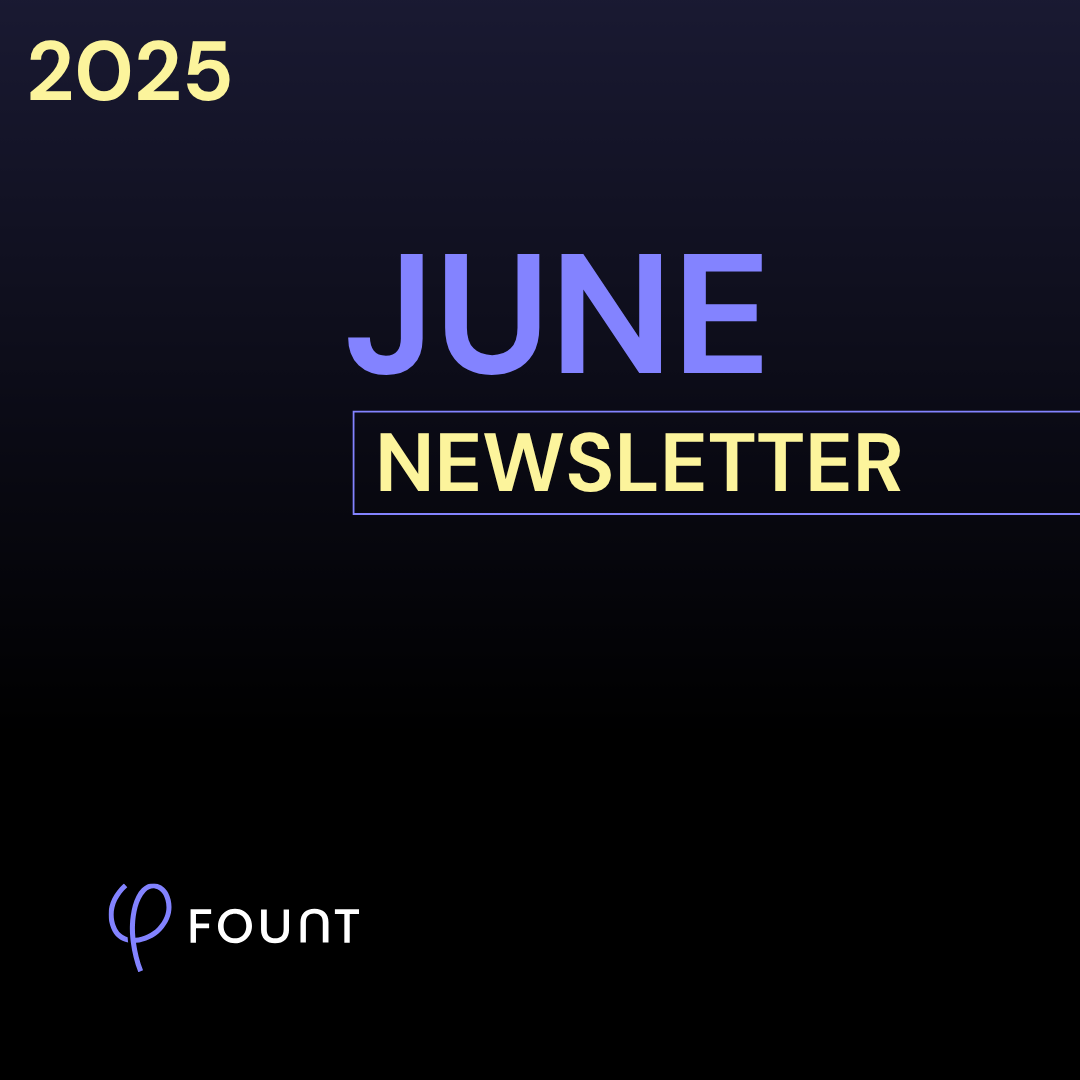
FOUNT News
June Newsletter: Friction is Killing Your AI ROI.
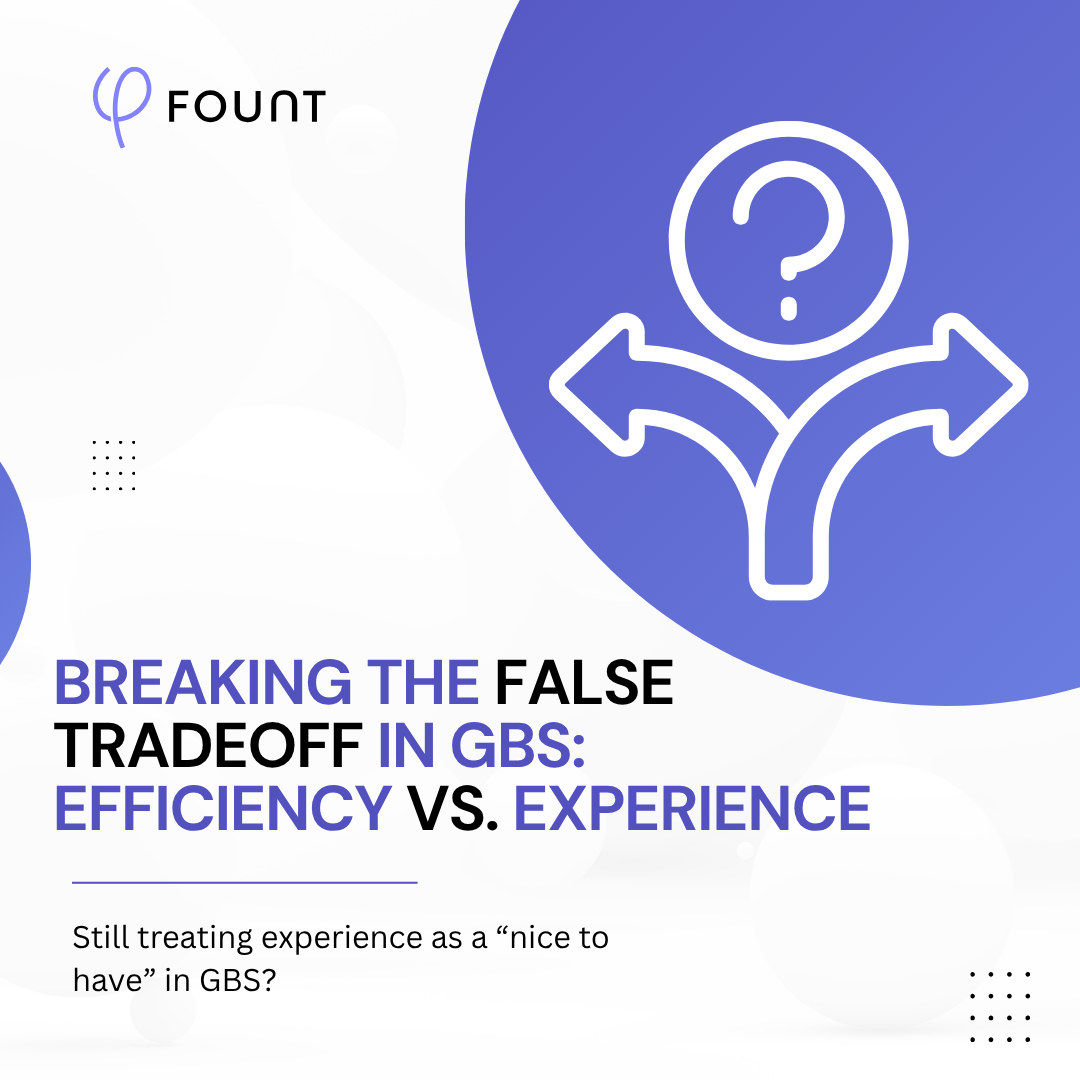
Insights
Breaking the False Tradeoff in GBS: Efficiency vs. Experience
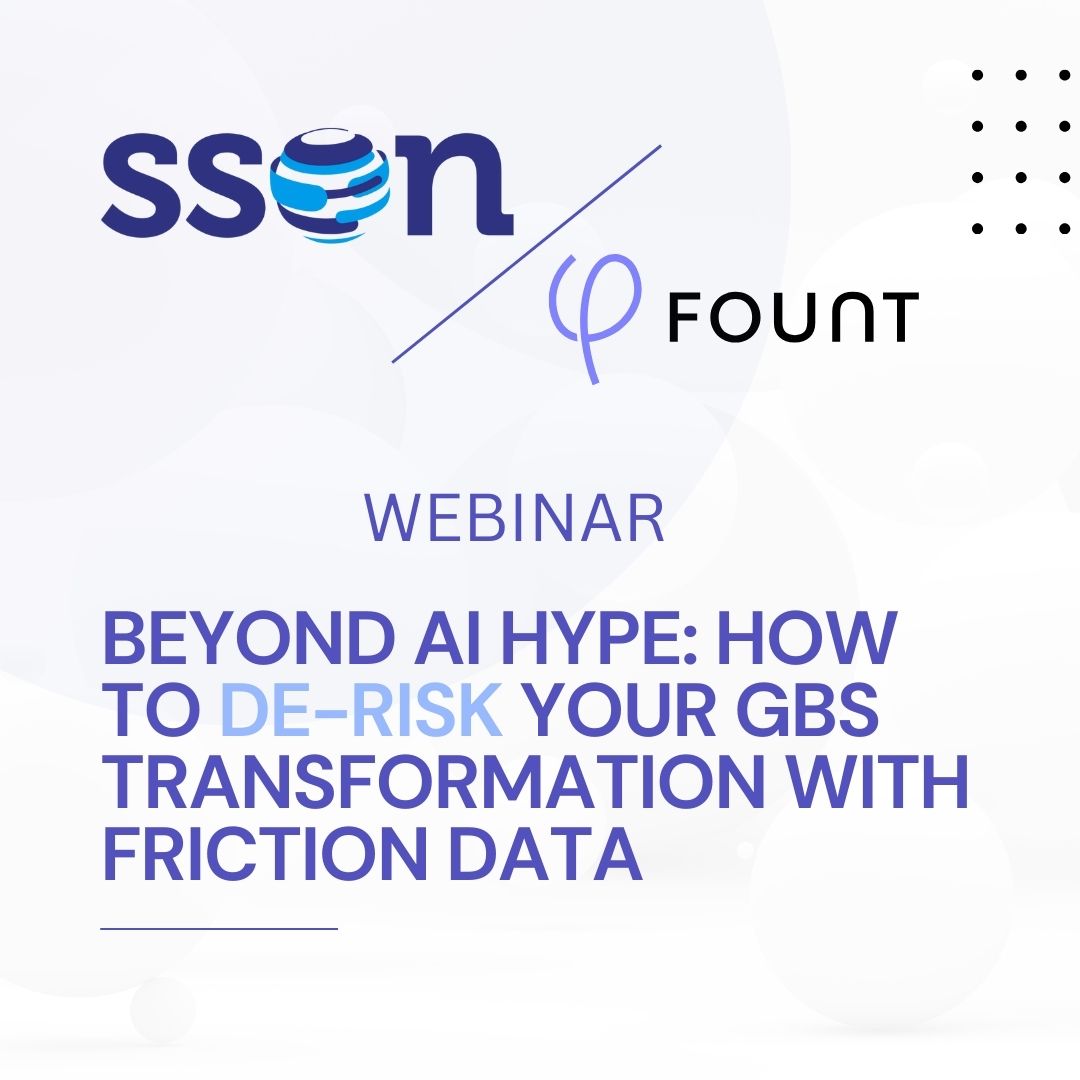
Events
LIVE Webinar – July 9th for SSON Network. Beyond AI Hype: How to De-Risk Your GBS Transformation with Friction Data
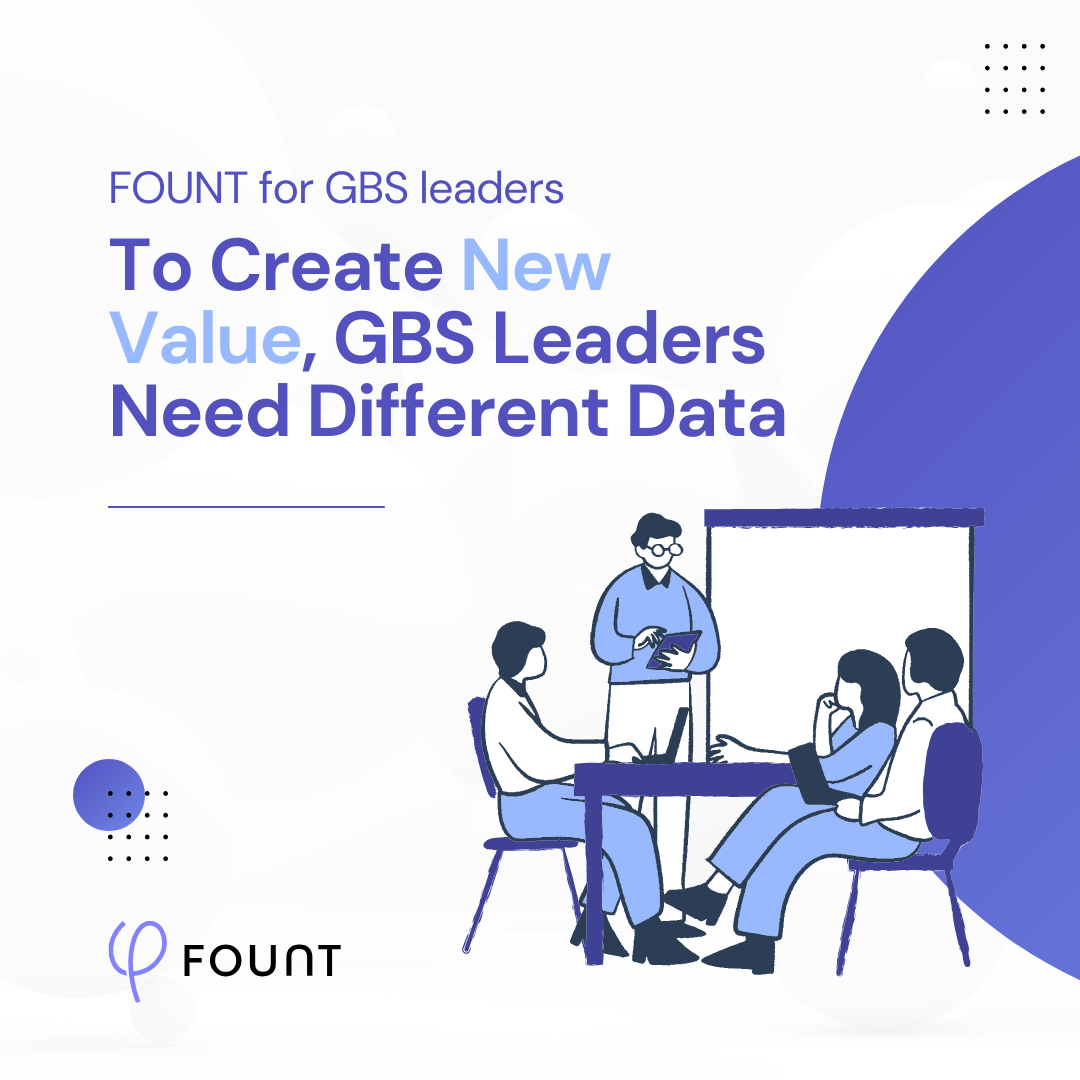
Insights
To Create New Value, GBS Leaders Need Different Data
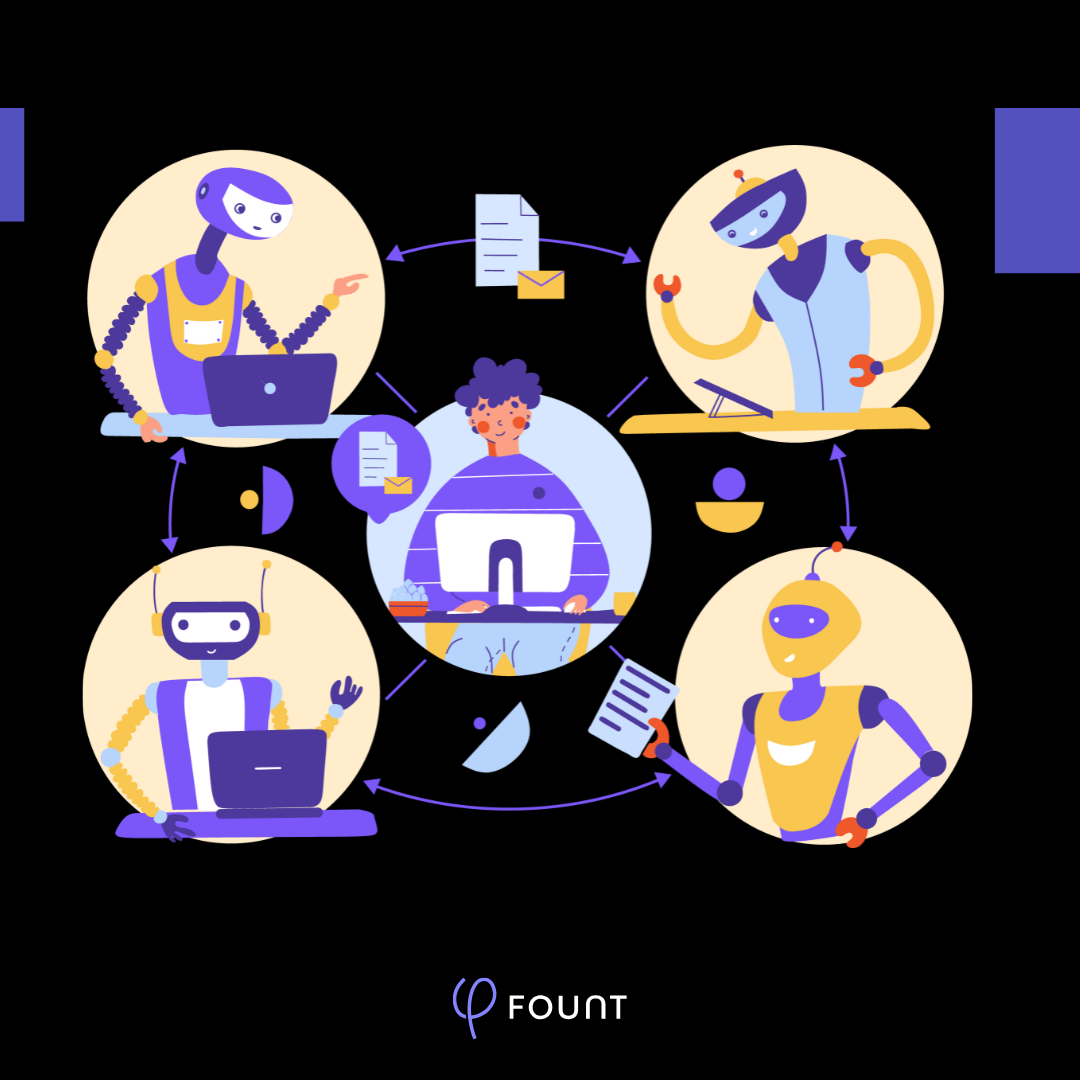
Insights
How to Keep Up with the Latest AI Developments
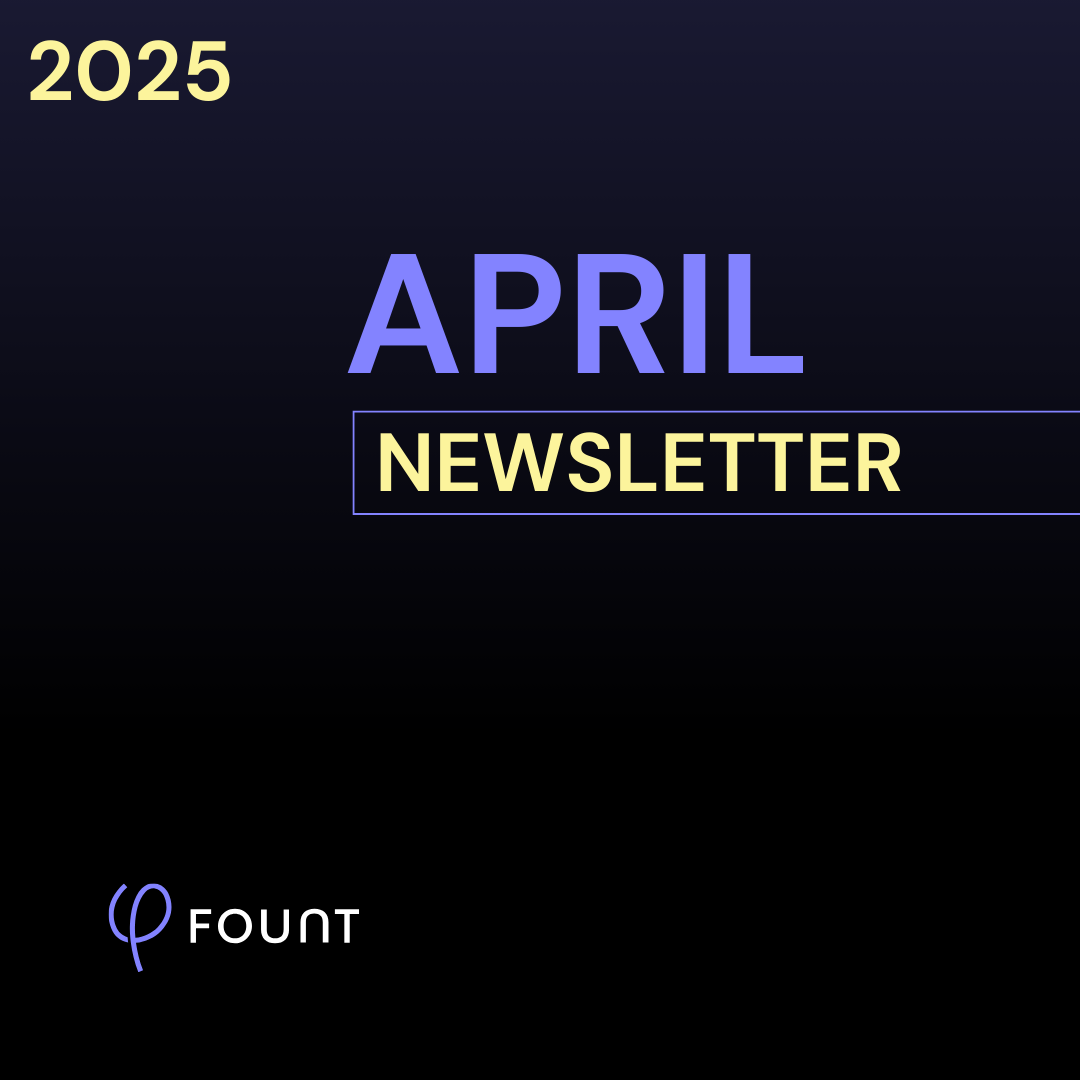
Insights
APRIL Newsletter. Friction: You Can’t Improve What You Can’t See
